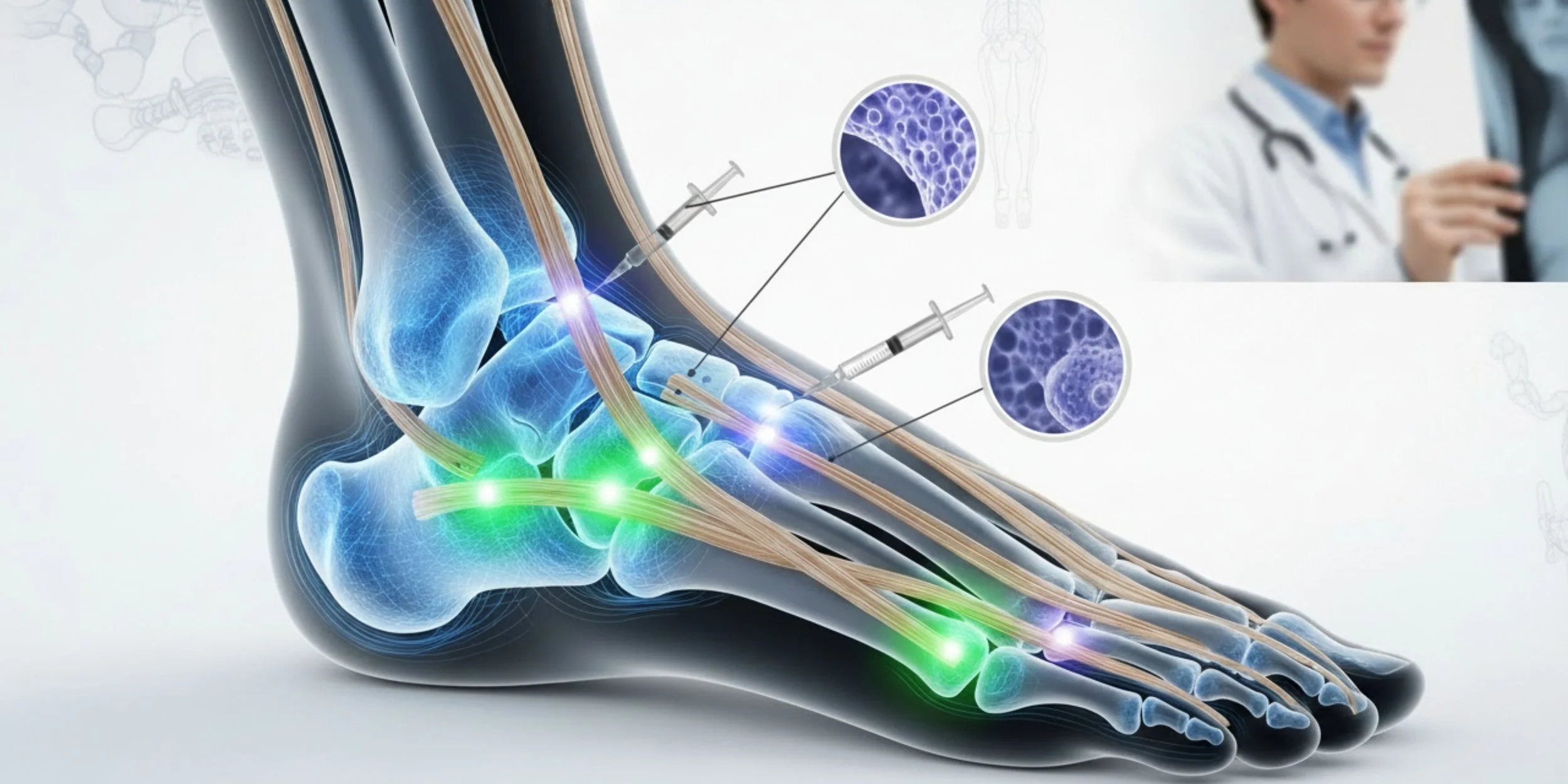Is Foot Pain a Sign of Something Bigger? When to Seek Professional Help
Foot pain is not just a minor inconvenience; it can be a crucial signal from your body, warning you of underlying issues that shouldn’t be ignored. Whether you experience a sharp sting with every step or a dull ache after a long day, understanding the cause of your discomfort is essential. From common conditions like plantar fasciitis to more serious injuries or medical disorders, foot pain can affect your mobility and overall quality of life. But when should you seek professional help? In this article, we will uncover the truth behind your foot pain and guide you through the signs that indicate it’s time to consult a healthcare professional. Don’t let discomfort dictate your lifestyle—discover how to take the right steps towards relief and regain the freedom to move comfortably.
Signs That Your Foot Pain May Be Serious
While some level of discomfort or soreness after a long day on your feet can be normal, there are certain signs that indicate your foot pain may require professional attention. If you experience any of the following, it could be a sign of something more serious:
Sharp, constant pain: Persistent pain that doesn’t improve with rest or over-the-counter treatments should not be ignored.
Swelling, bruising, or redness: These can be signs of injury, infection, or inflammation, all of which may require medical care.
Difficulty walking or bearing weight: If your foot pain is affecting your ability to walk normally or perform daily activities, it’s important to consult a professional.
Numbness or tingling: These sensations may indicate nerve damage or circulation issues that should be evaluated by a specialist.
Changes in foot structure: Noticeable changes in the shape of your feet or toes, such as bunions or hammertoes, can signal underlying structural problems that need attention.
The Importance of Early Intervention
When it comes to foot pain, early intervention can make a significant difference in your recovery and overall health. Delaying treatment may lead to worsened symptoms, chronic pain, or even permanent damage. For instance, conditions like plantar fasciitis or arthritis may worsen over time if not addressed promptly, while other serious issues like fractures or infections can lead to complications if left untreated.
By seeking help early, you can avoid invasive treatments, decrease your risk of complications, and regain your mobility and comfort faster.
When to Seek Professional Help
It’s important to listen to your body when it comes to foot pain. If your discomfort persists for more than a few days, intensifies, or affects your quality of life, it’s time to seek professional help. Additionally, if you notice any of the warning signs mentioned earlier, you should not hesitate to make an appointment with a healthcare provider.
Other signs that indicate it’s time to consult a professional include:
Pain that doesn’t respond to rest or standard pain relief methods.
A sudden or severe injury to the foot.
Foot pain associated with systemic conditions, such as diabetes or heart disease.
Types of Specialists for Foot Pain
Depending on the nature of your foot pain, there are several types of specialists who can provide treatment:
Podiatrist: A foot and ankle specialist who can diagnose and treat a wide range of conditions affecting the feet, including fractures, infections, and deformities.
Orthopedic surgeon: If surgery is needed to treat a musculoskeletal issue, an orthopedic surgeon can provide surgical interventions.
Physical therapist: For conditions that involve muscle weakness, poor posture, or improper movement patterns, a physical therapist can design a personalized rehabilitation program.
Rheumatologist: If your foot pain is caused by arthritis or autoimmune conditions, a rheumatologist can provide specialized care.
Diagnostic Tests for Foot Pain
To diagnose the cause of your foot pain, a healthcare provider may recommend various tests, including:
X-rays: To check for fractures, bone spurs, or joint problems.
MRI or CT scans: To provide more detailed images of soft tissue structures such as tendons, ligaments, and nerves.
Ultrasound: To assess the health of soft tissues and detect inflammation or tears.
Blood tests: To check for underlying systemic conditions like rheumatoid arthritis or diabetes.
Treatment Options for Foot Pain
The appropriate treatment for your foot pain will depend on the underlying cause. Some common treatment options include:
Physical therapy: Exercises and stretches that improve mobility and strength.
Orthotics: Custom foot inserts that correct alignment and provide additional support.
Medications: Nonsteroidal anti-inflammatory drugs (NSAIDs) or corticosteroid injections to reduce inflammation.
Surgery: In severe cases, surgical intervention may be necessary to correct deformities or repair damaged structures.Laser therapy: Non-invasive treatment that can help reduce pain and promote healing.
Preventative Measures for Foot Health
To prevent foot pain in the future, it’s important to take care of your feet daily. Here are a few preventative tips:
Choose comfortable, supportive footwear: Shoes that fit properly and offer adequate arch support can prevent many common foot problems.
Maintain a healthy weight: Extra weight puts added stress on your feet, increasing your risk of pain and injury.
Stretch regularly: Stretching your feet and legs can improve flexibility and reduce strain on your feet.
Manage chronic conditions: If you have diabetes or other conditions that affect circulation and nerve health, managing these conditions can prevent foot complications.
Real-Life Stories: When Foot Pain Was a Warning Sign
For many individuals, foot pain turned out to be a warning sign of a larger health issue. Take, for example, Sarah, who ignored persistent pain in her feet, only to later discover she had developed a stress fracture from overuse. Early intervention could have prevented the fracture from worsening and led to a quicker recovery.
Similarly, Mike's ongoing foot pain was eventually diagnosed as early-stage arthritis. Had he sought treatment earlier, he could have managed the symptoms with conservative measures and avoided the need for more invasive treatments later on.
Conclusion: Listening to Your Body and Taking Action
Foot pain should never be ignored or dismissed as a minor inconvenience. It can be a warning sign of underlying issues that, if left untreated, can lead to more severe health problems and impact your overall quality of life. By understanding the common causes of foot pain and recognizing the signs that indicate a more serious condition, you can take the necessary steps to address the pain and seek professional help when needed.
Early intervention is key to preventing the progression of foot conditions and ensuring effective treatment. Consulting with specialists, such as podiatrists, orthopedic surgeons, and physical therapists, can provide the expertise and care required to manage foot pain and improve overall foot health. Diagnostic tests can help identify the root cause of the pain, allowing for a tailored treatment plan that addresses the specific issue.
Taking preventative measures, such as wearing appropriate footwear, maintaining a healthy weight, and engaging in regular exercise, can help protect your feet and reduce the risk of developing painful conditions. Listening to your body and taking action when you experience foot pain is essential for maintaining mobility and enjoying a pain-free lifestyle. Don’t let discomfort dictate your life—take the right steps towards relief and regain the freedom to move comfortably.











